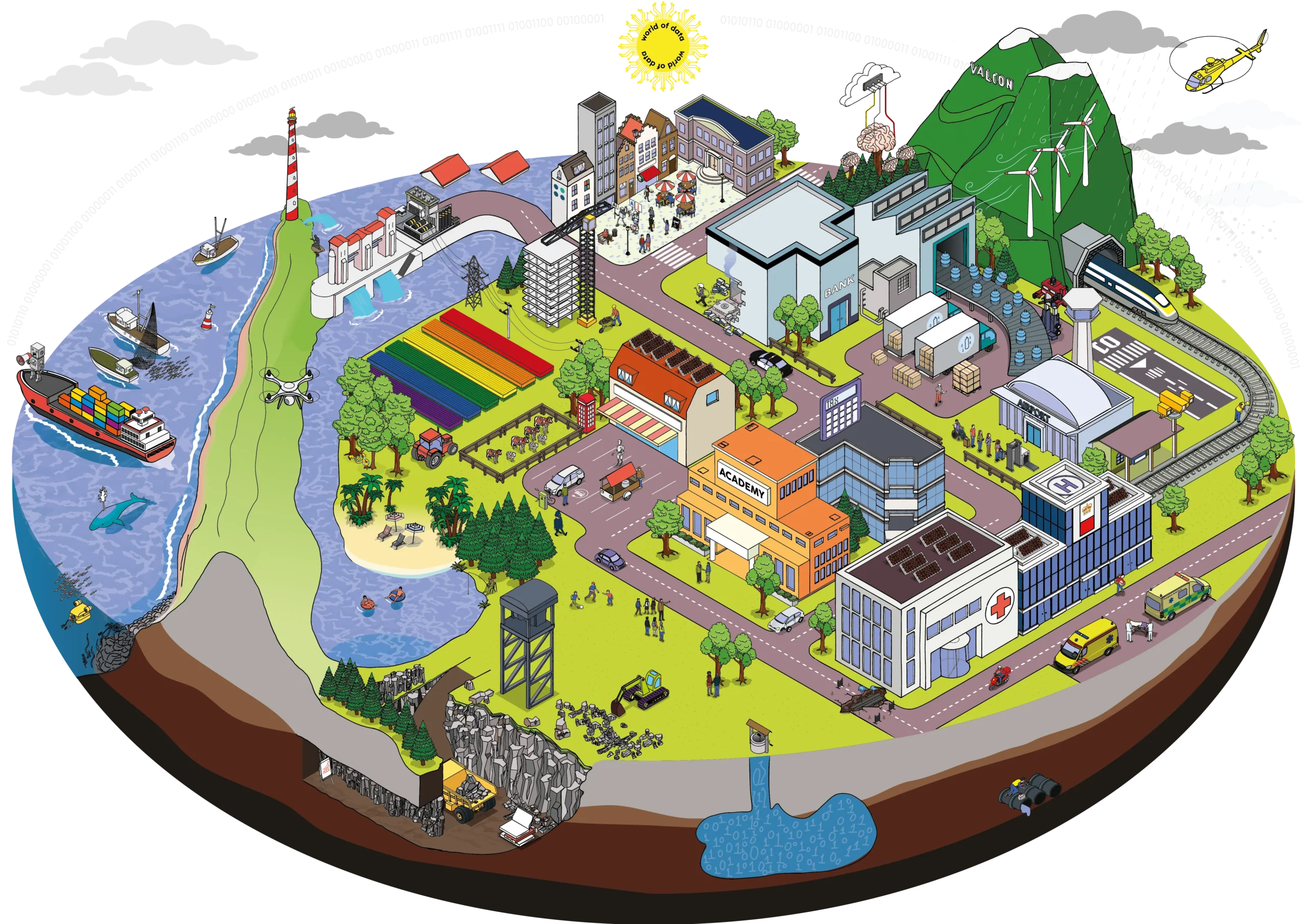Most of the recent buzz about AI has centred around new techniques like large language models (LLMs), generative AI (GenAI) and computer vision (CV). But beneath the surface lies a powerful yet often overlooked application of AI that holds immense potential value for businesses: planning optimisation.
This isn’t about using flashy new tools. It’s about planning systems grounded in proven techniques that have been part of the AI toolkit – under the name of operations research – for decades. When applied correctly, they can transform business operations.
But before you even start thinking about cool techniques, it is important to understand common properties of planning in a business context. Planning is the process of aligning demand with resources in the optimal way. It operates across three-time horizons: long-term (strategic decisions like product line expansion), medium-term (tactical decisions like six-month production schedules), and short-term (operational needs like weekly staffing).
Optimal planning is crucial for business efficiency, enabling quick responses to market changes while reducing overhead and waste. However, achieving optimal planning is challenging due to uncertainties in both demand and resources. Planners must navigate numerous options with interconnected implications while balancing business profits, employee preferences and legal requirements.
Businesses typically address these challenges in two ways. Many create dedicated planning departments that rely on manual processes and mental effort to develop ‘good’ plans. However, this approach often leads to subjective outcomes and slow response times. Alternatively, some organisations use commercial planning software, which works well for common industry-wide problems but struggles with company-specific requirements. This can create misalignment between planned and actual operations, reducing overall effectiveness.
Moving through the planning maturity cycle
Organisations typically evolve their planning capabilities through successive maturity stages, moving from basic approaches to more sophisticated systems that integrate seamlessly with existing business processes while balancing operational demands with company-specific requirements. These stages are typically:
- Manual planning: Excel files, that are sent to various parts of the organisation.
- Uniform manual planning: a uniform planning tool, where the planning is done manually, but according to fixed planning steps/definitions and way of working.
- Support: next, an AI component is added to the planning tool to support the current process by providing a suggested plan to the planner.
- Interactive role: the computation component is expanded to offer advice and interact directly with planners, aiding decision-making.
- Automated planning: finally, planning becomes fully automated, with advanced AI tools taking over the process providing fully optimised plans fitting all predefined rules and constraints while fed by real-time data.
Transitioning from manual to AI-based automation
The journey from Excel-based manual processes to steps further along the maturity cycle is where things get exciting. The first step involves standardising processes and building a digital manual planning tool on a low-code platform. The next steps leverage the power of operations research (OR) by using scientific methods, mathematical models and algorithms to optimise decision-making and decision processes.
Operations research and AI in planning
Operations research provides a robust foundation for solving complex planning problems by using mathematical optimisation. Instead of trying every possible plan – which could take forever – mathematical optimisation uses techniques to find the best plans quickly. These AI models can quickly re-run calculations when new information becomes available, allowing for planning adjustments based on the most recent data. This capability is vital in dynamic environments. AI’s speed and accuracy enable continuous re-optimisation, ensuring planning remains effective and up to date.
AI can play a vital role in helping optimise the planning function. It helps finetune planning processes, optimise efficiency, organise complex tasks and ensure your organisation adheres to regulatory regimes. As organisations race to figure out how AI can help them, planning is definitely an area where AI can make a big difference quickly.
AI planning optimisation in action
At a large daycare organisation in the Netherlands, Valcon optimised the combined employee and child planning process, computing optimal plans while enforcing complex legislative constraints. This ensured more children could be placed from waiting lists into groups, with fewer temporary employees, which boosted efficiency.
At a large European airport, Valcon designed optimal crew schedules, both for short-term and mid-term horizons, lowering employee costs and increasing employee satisfaction.
If you want to speak to someone at Valcon about our experience in guiding organisations through the planning maturity cycle and introducing AI to the planning function, please get in touch with Jan Wijnheijmer at [email protected]













